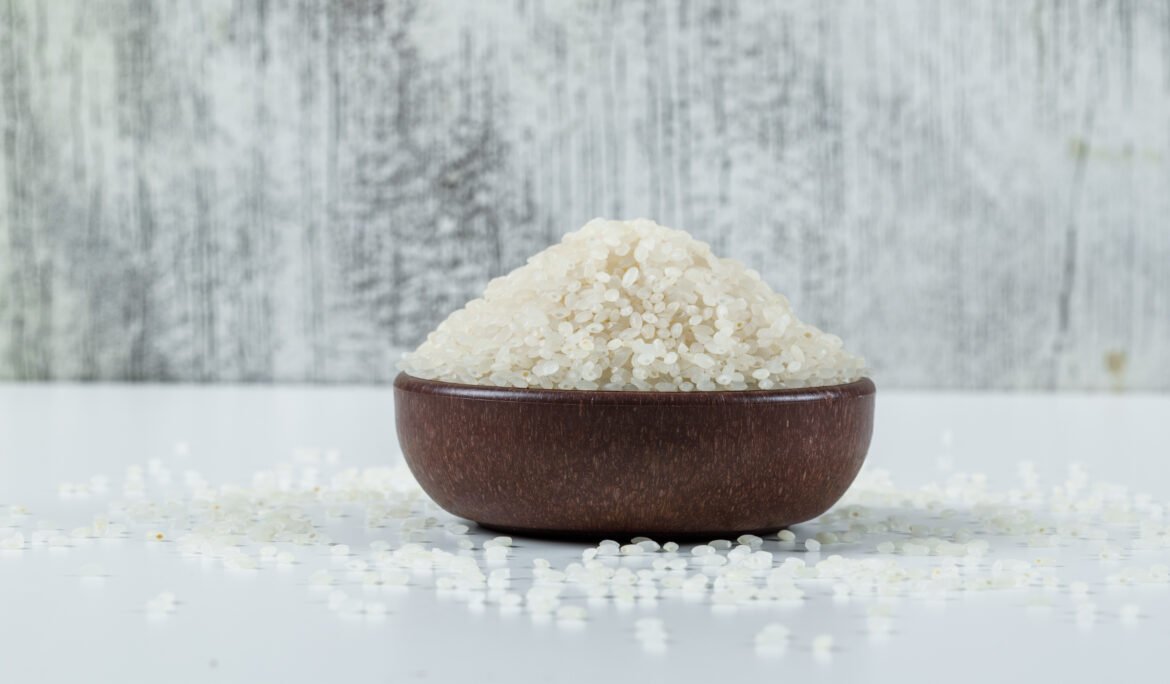Discover the unique qualities of idli rice and why it is the perfect choice for making authentic South Indian idlis, a beloved healthy breakfast staple.
Idli rice is a special variety of short to medium-grain rice that is predominantly used in preparing idlis — the soft, fluffy steamed rice cakes famous across South India and beyond. What sets idli rice apart is its parboiled processing, which enhances nutrient retention and improves water absorption, making it ideal for fermentation and batter preparation.
What Makes Idli Rice Unique?
- Parboiled and Starchy: Idli rice is partially boiled in the husk, which locks in nutrients and makes the grains more absorbent. This characteristic helps in soaking and grinding the rice into a coarse batter that ferments well.
- Grain Size: It is typically a short to medium-grain rice, which provides the right texture — neither too coarse nor too sticky — essential for the perfect idli batter.
- Fermentation Friendly: The starch content in idli rice breaks down during fermentation, making the batter light and airy, which results in soft and fluffy idlis.
How Idli Rice is Used in Idli Preparation
The traditional idli batter is made by soaking four parts of idli rice to one part of urad dal (black gram lentils) separately for 6-8 hours or overnight. The rice is then coarsely ground, while the urad dal is ground to a smooth paste. These are mixed and left to ferment overnight, which causes the batter to rise and develop a mildly tangy flavor.
Adding fenugreek seeds during soaking enhances fermentation, aroma, and softness of the idlis. Some recipes also incorporate beaten rice (poha) to improve texture and softness.
Benefits of Using Idli Rice
- Nutrient-Rich: Parboiling retains vitamins and minerals, making idlis a nutritious breakfast option.
- Easier Digestion: Fermentation breaks down starches, improving digestibility and nutrient absorption.
- Soft and Fluffy Texture: The unique starch and grain structure of idli rice ensures the idlis are light, airy, and melt in the mouth.
- Versatility: Idli rice can also be used to make dosas and other fermented South Indian delicacies.
Tips for Perfect Idli Batter Using Idli Rice
- Use fresh idli rice or parboiled rice for best results.
- Soak rice and urad dal separately in plenty of water for at least 6 hours.
- Add fenugreek seeds during soaking for enhanced fermentation.
- Grind urad dal to a smooth, fluffy paste and rice to a coarse texture.
- Mix the batters well with your hand to help fermentation.
- Ferment the batter overnight in a warm place until it doubles in volume.
- Steam the batter in greased idli molds for 10-25 minutes depending on size.
Conclusion
Idli rice is the cornerstone of authentic South Indian idlis, providing the perfect balance of starchiness and texture for fermentation and steaming. Its parboiled nature ensures nutrient retention and water absorption, leading to soft, fluffy, and delicious idlis that are healthy and easy to digest. For anyone looking to master the art of making idlis at home, using quality idli rice is the first and most crucial step.
By understanding and using idli rice correctly, you can enjoy this iconic South Indian breakfast in its healthiest and most flavorful form every day.

